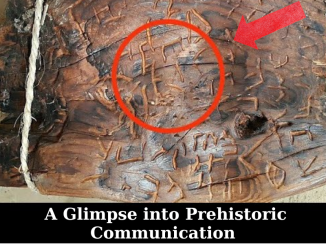Introduction
Carthage, once a flourishing ancient city in modern-day Tunisia, is renowned for its rich history and the remnants of its past that continue to captivate historians and archaeologists alike. Among its most fascinating structures is the Punic cothon, an innovative naval harbor engineered in the 3rd century BCE. This blog post explores the cothon’s original magnificence during Carthage’s zenith, its strategic importance to the ancient maritime power, the vestiges that remain today, and the insights gained from recent archaeological discoveries in the area.
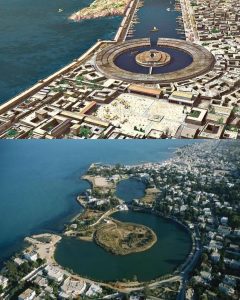
The Punic Cothon in its Prime
In the 3rd century BCE, the Punic cothon of Carthage was a marvel of engineering and strategic design. This artificial harbor, specifically tailored for military purposes, was circular in shape with an island at its center, serving as the command center. The cothon was equipped to dock over 200 ships, each within its own berth, illustrating the naval dominance of Carthage in the Mediterranean. Surrounding the harbor were massive protective walls, and a narrow entrance regulated access, preventing enemy incursions. Images and reconstructions of the cothon at this time depict a bustling naval base, teeming with warships and sailors, underscoring Carthage’s maritime prowess and its central role in the ancient world’s political and trade networks.
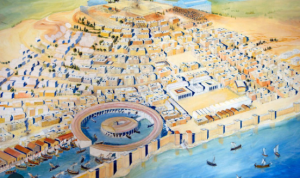
The Cothon’s Strategic Importance
The Punic cothon was not merely an architectural feat; it was integral to Carthage’s military strategy and economic prosperity. Its design facilitated rapid deployment of the navy, crucial during the Punic Wars against Rome. Additionally, the cothon’s capacity for large-scale shipbuilding and repair underscored Carthage’s naval supremacy in the Mediterranean. By controlling sea routes and facilitating trade, the cothon contributed significantly to Carthage’s wealth, allowing it to become one of the most powerful cities of the ancient world. Through strategic innovation and engineering excellence, the cothon symbolized Carthaginian ingenuity and their unyielding spirit in the face of external threats.
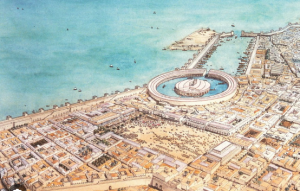
The Cothon Today
The landscape of Carthage has transformed dramatically over the centuries, with the Punic cothon’s once-majestic structures now reduced to ruins. Today, visitors to the site can observe the remnants of the cothon, offering a glimpse into its past glory. The area, now part of the archaeological park of Carthage, showcases the foundations of the harbor and its island, inviting onlookers to ponder the engineering skills of the ancients. Modern images of the site contrast sharply with its historical reconstructions, serving as a poignant reminder of the temporal nature of human achievements and the enduring legacy of Carthage’s architectural and maritime innovations.
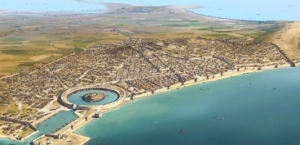
Unveiling Ancient Mysteries
Recent archaeological excavations in the vicinity of the cothon have unearthed artifacts and structures that shed new light on its construction, usage, and the daily lives of those who worked within its confines. These findings include ship remnants, tools used in shipbuilding, and various artifacts that depict the religious and cultural practices of the Carthaginians. Each discovery contributes to a deeper understanding of the cothon’s operational intricacies and its significance within the broader context of Punic society. As archaeologists continue to excavate and analyze these ancient relics, our knowledge of Carthaginian naval architecture, maritime strategy, and urban planning continues to grow, offering fresh perspectives on one of history’s most intriguing civilizations.
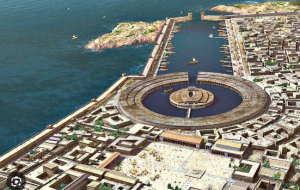
Conclusion
The Punic cothon of Carthage, from its zenith in the 3rd century BCE to its present state, embodies the rise and fall of one of the ancient world’s most formidable powers. While the cothon’s ruins might not capture the full splendor of its operational days, they serve as a testament to Carthaginian ingenuity and the city’s once-unassailable naval dominance. Through ongoing archaeological efforts, the cothon continues to reveal its secrets, bridging the gap between past and present and enriching our understanding of the ancient Mediterranean world. As we explore the remnants of this ancient marvel, we are reminded of the fleeting nature of empires and the lasting impact of their contributions to human history.



